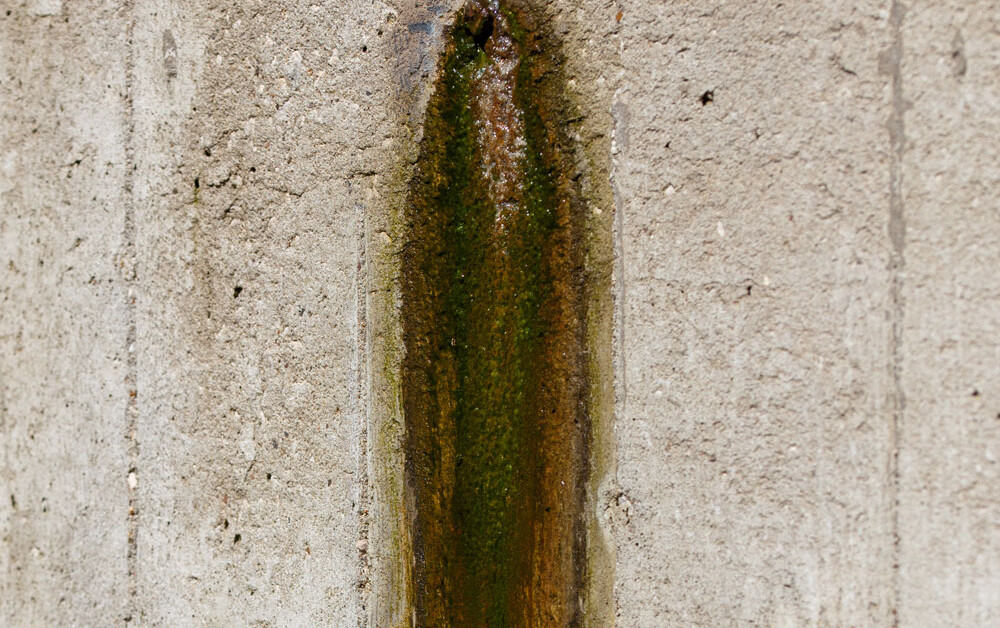A reliable waterproofing system is essential for protecting your home or building from water damage. However, like any component, waterproofing systems can degrade over time, leading to potential water intrusion issues. Recognizing the signs of a failing waterproofing system is crucial to take timely action and prevent costly water damage repairs.
Dampness or Water Stains
One of the most apparent signs of a failing waterproofing system is the presence of dampness or water stains on walls, floors, or ceilings. These stains may vary in size and intensity, indicating that water is finding its way into your living or working spaces. To address this issue:
- Inspect the affected areas thoroughly to identify the source of water intrusion.
- Repair any visible cracks or gaps in the walls or floors and apply waterproofing sealants to prevent further water penetration.
- Consider installing or upgrading your interior drainage system, such as a sump pump or perimeter drain, to collect and redirect water away from the interior.
Mold and Mildew Growth
Mold and mildew thrive in moist environments and are common indicators of water infiltration. They can cause health issues and damage building materials if left unaddressed. To deal with mold and mildew growth:
- Thoroughly clean affected areas with a mixture of water and mild detergent to remove mold and mildew.
- Identify and fix the source of moisture to prevent mold recurrence.
- Improve ventilation in the affected areas to reduce humidity levels and discourage mold growth.
Musty Odors
A persistent musty odor is often associated with damp or moldy conditions and is a clear sign of water infiltration. To eliminate musty odors:
- Properly ventilate the affected areas to improve air circulation and reduce humidity levels.
- Use dehumidifiers to extract excess moisture from the air.
- Address the underlying cause of water infiltration to prevent further musty odors.
Efflorescence on Walls
Efflorescence is a white, chalky deposit that appears on the surface of walls or floors. It occurs when water evaporates, leaving behind mineral deposits from dissolved salts. Efflorescence indicates water penetration through porous surfaces. To deal with efflorescence:
- Remove the efflorescence using a stiff brush and a mild acidic solution.
- Identify and seal any cracks or gaps in the affected surfaces to prevent future water infiltration.
- Consider applying a waterproofing coating or sealant to protect porous surfaces from water intrusion.
Cracks in Foundation or Walls
Cracks in the foundation or walls are common entry points for water. They can result from various factors, including settling, temperature fluctuations, or structural issues. To address cracks:
- Monitor cracks for any signs of widening or structural concerns.
- Seal small cracks with an appropriate waterproofing sealant.
- For larger or structural cracks, consult a professional to assess and repair them effectively.
If you’re in need of waterproofing solutions for your home, don’t hesitate to reach out to us. Contact Sir Williams Waterproofing & Drainage Solutions at (248) 252-5248 or visit us online for more information!

 (248) 252-5248
(248) 252-5248 